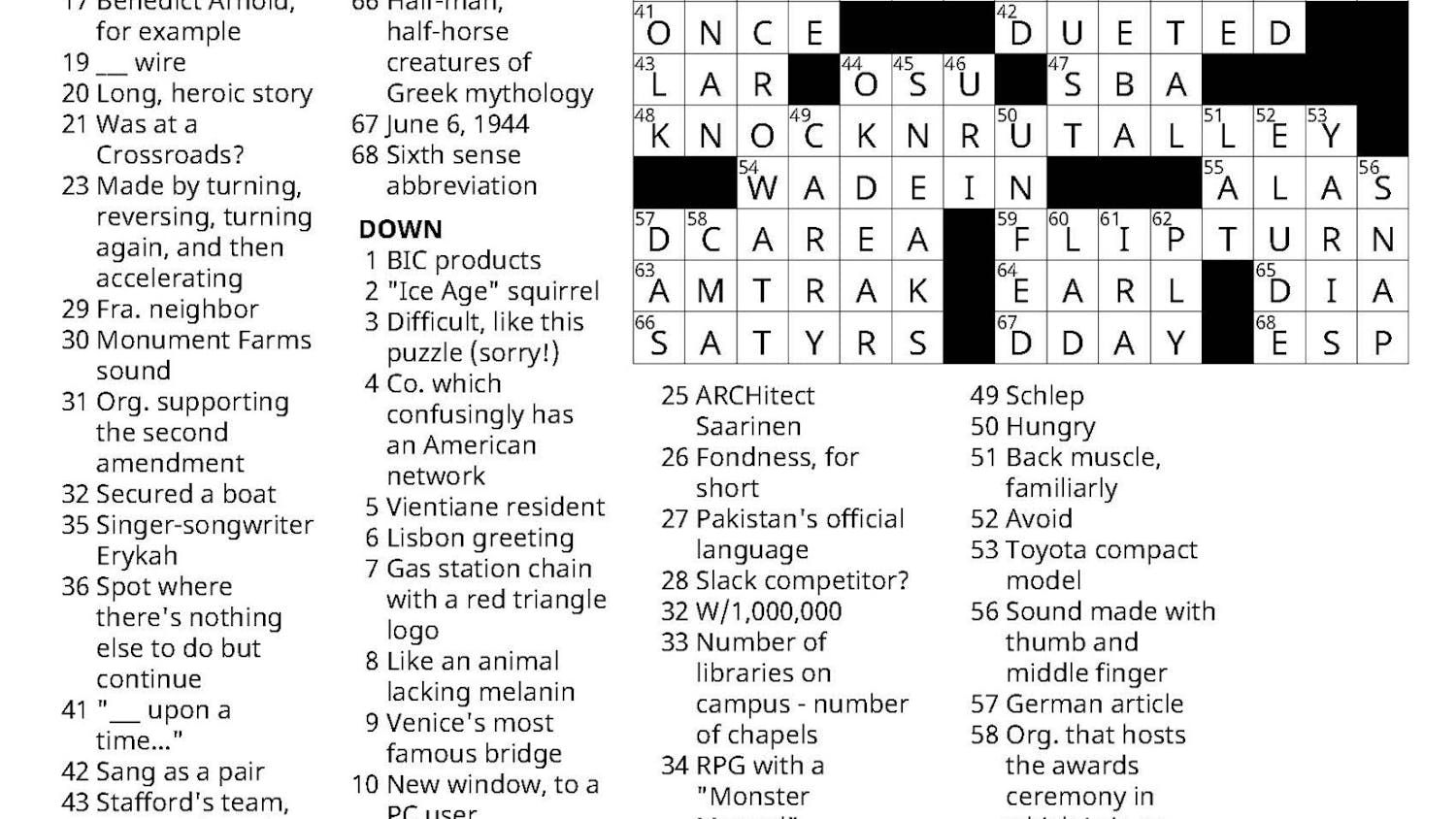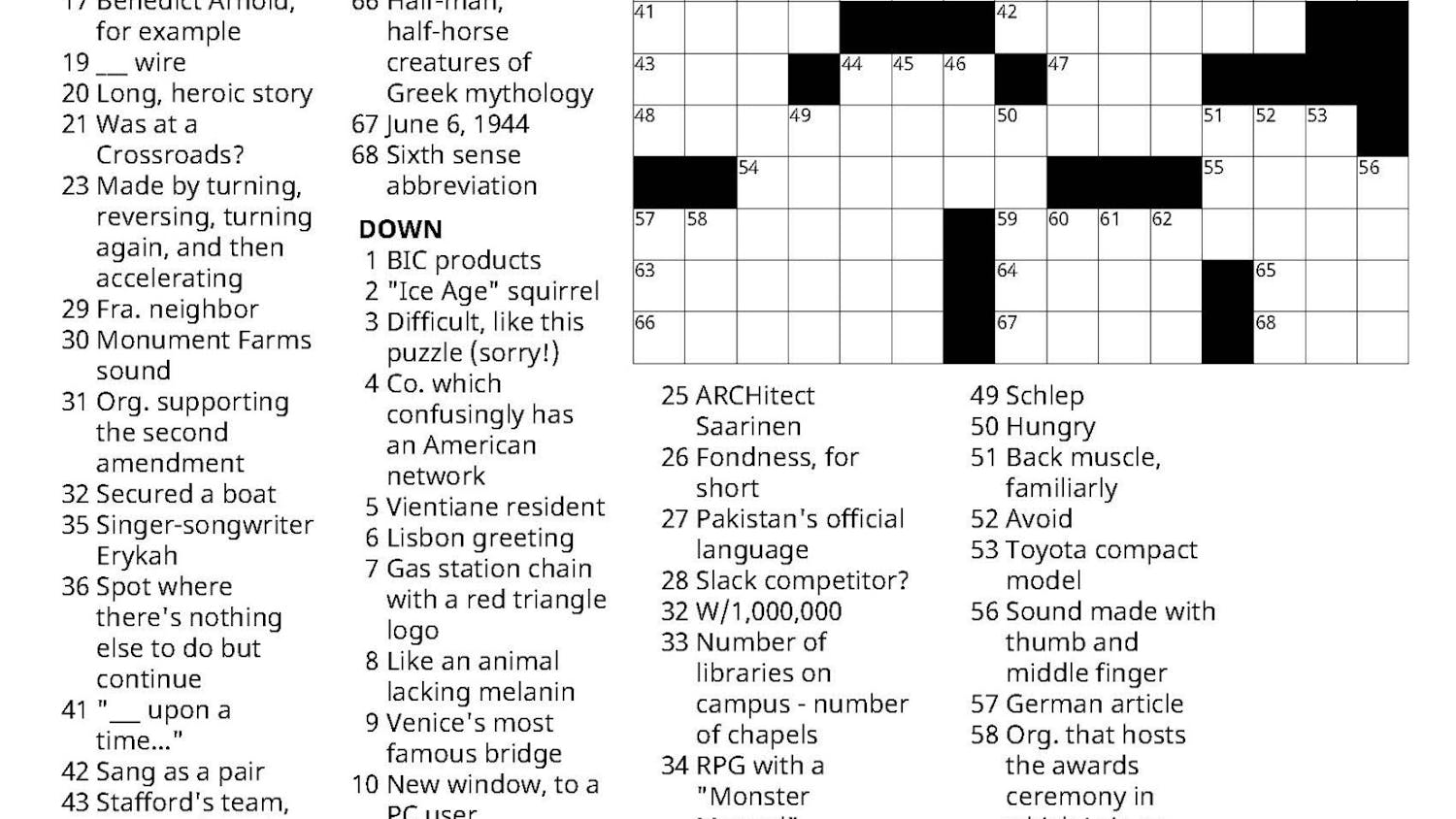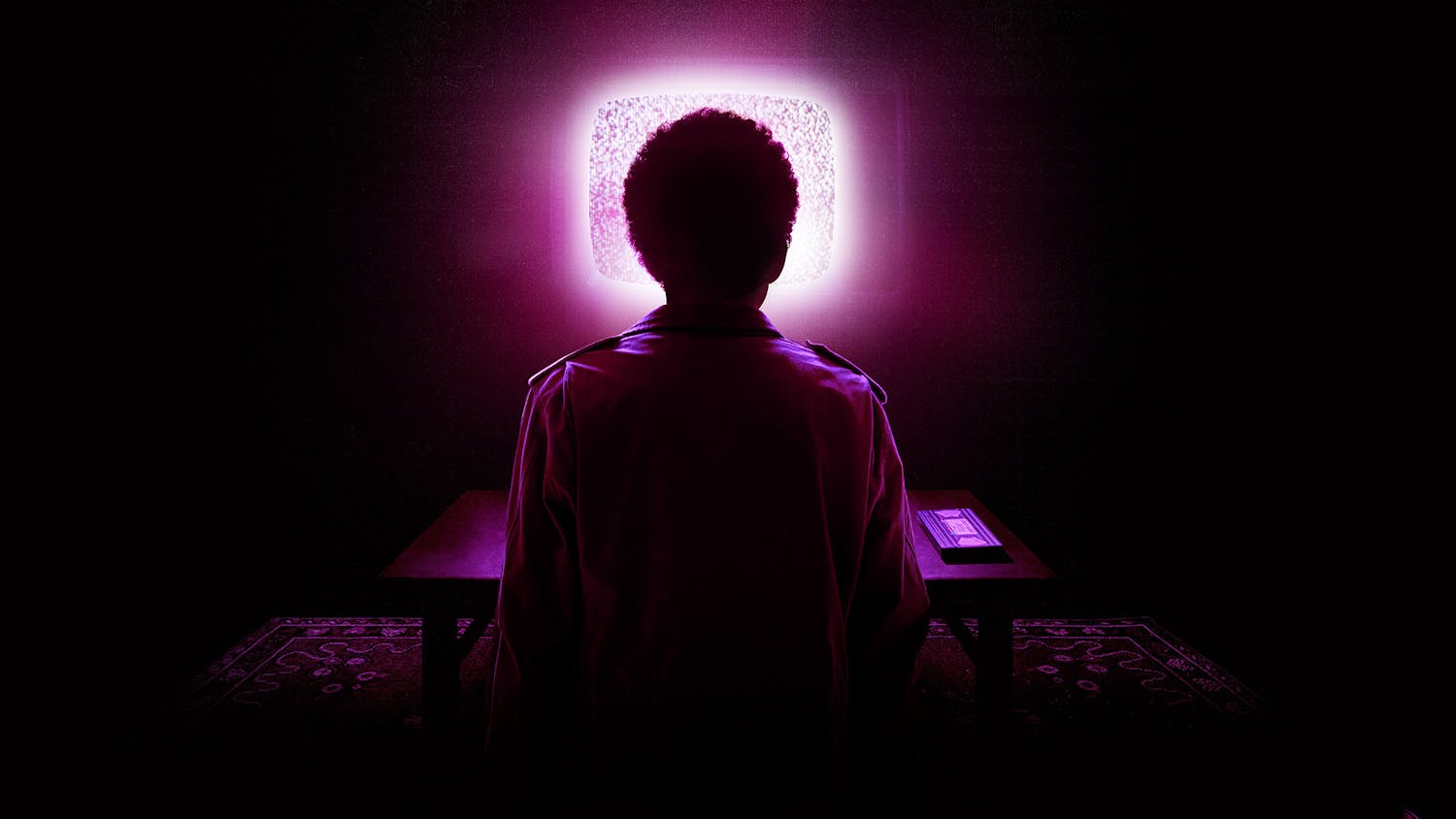The two primary characters of Ida, the most recent Polish language film from director Paweł Pawlikowski, appear to perfectly contradict each other. “The slut and the saint,” says one of the two. On the eve of pledging her life to a Catholic monastery, Ida, an orphan approaching adulthood, is told by the elder sisters that she must meet her only surviving relative, an aunt named Wanda. They meet shyly, with empathy, following the expected behavior of two separated family members meeting for the first time. As Wanda flips through pictures of old family, Ida notices a boy next to her in an old photo and asks if she had a brother. Wanda smokes a cigarette and tells her, no, you were an only child.
It comes out slowly, and then faster: Ida is told that her dimples look like her mother’s, that Wanda loved Ida’s mother very much, that she was born a Jew in the Polish Holocaust and that this is the reason her family is dead. In a few moments, Ida gets a glimpse of all of the things she could have been and all of the things she might now become. It is then inevitable that Ida and Wanda take a road trip to their old family town to find their relatives’ graves, and of course Ida and Wanda realize that the trip is direct exposure to horrible truth. Wanda is weathered from trying to distance herself from her history, while Ida has been beautifully detached from it, a blank slate with a communal identity instead of a personal one. Is it better to know the tragedy, or not? On their trip, Ida tells Wanda that, no, she does not think about carnal love. Her aunt tells her that she should try, “otherwise what sort of sacrifice are those vows of yours?”
The reasons for their trip are 20 years old, but these events go unseen. Every movement in the film, both in plot and moment-to-moment interaction, is presented obliquely, referred to, but repressed and pushed away. Ida takes the oblique and the indirect as its primary subjects. It is impossible for Ida’s characters to directly confront their enormous history, but it is always present, hanging over Ida and Wanda, somehow contained in open fields and winter sky scenes – it is absolutely appropriate that the film’s style mirrors the character’s treatment of their lives. None of this makes Ida vague or rootless. It is impossibly clear what is going unsaid – it is something that can only conceivably be indirect.
In this way, Ida’s themes and aesthetics are inseparable. Wanda and Ida take a break on the road, eating donuts on the hood of their car. The camera focuses strictly above the neck as the intimate specifics of their faces are contrasted against endless, open landscapes. Wanda, for example, wipes powdered sugar from her lips in the bottom fourth of the screen while telling Ida that she is not much these days, but once was a public prosecutor, sending enemies of socialism to their death – they called her “Red Wanda.” Pictured behind her is a long barren road, which occupies much more of the screen than either of the
characters.
These scenes of Ida exist regardless of whether its characters are present in them. People talk off screen and walk out of the frame without warning, and shots are held slightly longer than we expect. Paradoxically, this indirectness charges the film with energy: director Pawlikowski is a master of managing his narrative’s timing and controlling tension. Near the film’s end, the repressed tension literally explodes. Of course we do not actually see the explosion, but the viewer hears the thud of a body hitting pavement from afar, after a person walks out of a window and out of the audience’s vantage-point in the shot.
We can probably say that Ida is about representing the Holocaust, and is consequently a political film with strong political stances, but it feels unfair to squeeze it solely in any sort of category like this. At its core, it is a movie about people and situations. We do not know much about Ida or Wanda, but what we do have is unusual knowledge of their faces, their expressions and how they sit and behave. They feel like people, and the movie achieves that strange balance between personal realities and universal ones. What do you do with an altered knowledge of your past? How is it possible to reconcile it with the present, and does it change how you behave in the future? Is it better to have the burden of knowledge or innocence from it?
Ignore your apprehension to the deadly movie-critic adjectives attached to this kind of movie (“contemplative”or “ponderous,” they might say). In that vein, you’d assume the Oscars to be a hilarious judge for black-and-white Polish movies, but good for Ida, winning the Oscar for Best Foreign Language Film last week. Maybe more surprisingly, it was the rare foreign film nominated for Best Cinematography, as well. In truth, Ida is one of the best films at this year’s Oscars, regardless of category. It runs a little under 90 minutes and it streams on Netflix. If you have 90 minutes for any movie tomorrow, give them to Ida.
The Reel Critic: Ida
Comments



